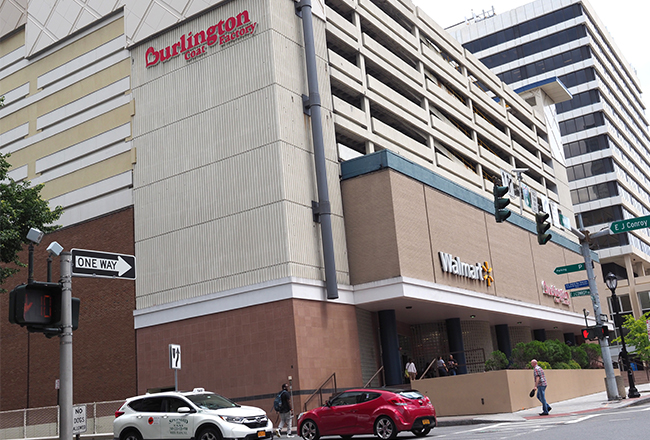
A new plan led by The Nature Conservancy lists more than a thousand projects it says could guide Hudson River restoration efforts for the next decade.
Called the “Hudson River Comprehensive Restoration Plan,” the 84-page document is described by The Nature Conservancy as a starting point for securing the river’s future. The plan is also online, where it catalogs 1,800 potential river restoration projects suggested by river communities.
The report was driven by a group of more than 30 partner organizations, known as Partners Restoring the Hudson. That group includes environmental organizations such as Scenic Hudson, Riverkeeper and Historic Hudson River Towns, as well as state agencies.
The plan details current conditions of the Hudson River estuary and identifies potential restoration sites. It also lists the needs that must be addressed over the next few decades to restore the river and prepare for future challenges, including sea level rise and increasingly frequent and severe storms.
The report is designed to inform and enhance two existing government plans for the river ”“ the federal New York-New Jersey Harbor & Estuary Program Action Agenda and the New York State Hudson River Estuary Action Agenda, according to The Nature Conservancy.
Environmental outreach and restoration efforts over the past 40 years have helped Hudson River communities recognize the river as an asset worth protecting, the report says it its summary. But aging infrastructure, degraded water quality, overfishing and increasing development still threaten the river, the report argues, as does the sea level measures over the past 10 years.
To address those challenges, the report says, “will require the development and application of innovative tools and techniques … strengthened community engagement and new funding streams and financing tools.”
The report focuses on a 125-mile stretch of the Hudson River estuary from the Gov. Mario M. Cuomo Bridge to the Federal Lock and Dam at Troy.
More than 200 of the listed projects are in Westchester County. The diverse group of suggested projects ranges from expanding the Hudson River trail to widening access points along the river to repairing seawall and other water infrastructure.
The report was funded in part by $49,500 matching grants, each from NYSERDA and the NYS Hudson River Estuary Program Stewardship Grant Program.
New York Department of Environmental Conservation Commissioner Basil Seggos said the report will help guide the state’s planned Hudson River investment through the $2.5 billion Clean Water Infrastructure Act and $300 million Environmental Protection Fund.
“This new plan provides another important tool to ensure these investments are being maximized to improve the health of the Hudson and the regional economy it supports for future generations,” Seggos said.
The full report is available at http://thehudsonweshare.org.
“A source of life for centuries, for too long, the integrity of the river has been compromised,” said Stuart F. Gruskin, New York chief conservation and external affairs officer for The Nature Conservancy. “This new report empowers stakeholders to take action to restore the river for the benefit of the 16 million New Yorkers who live, work, play and depend on our majestic river.”






















